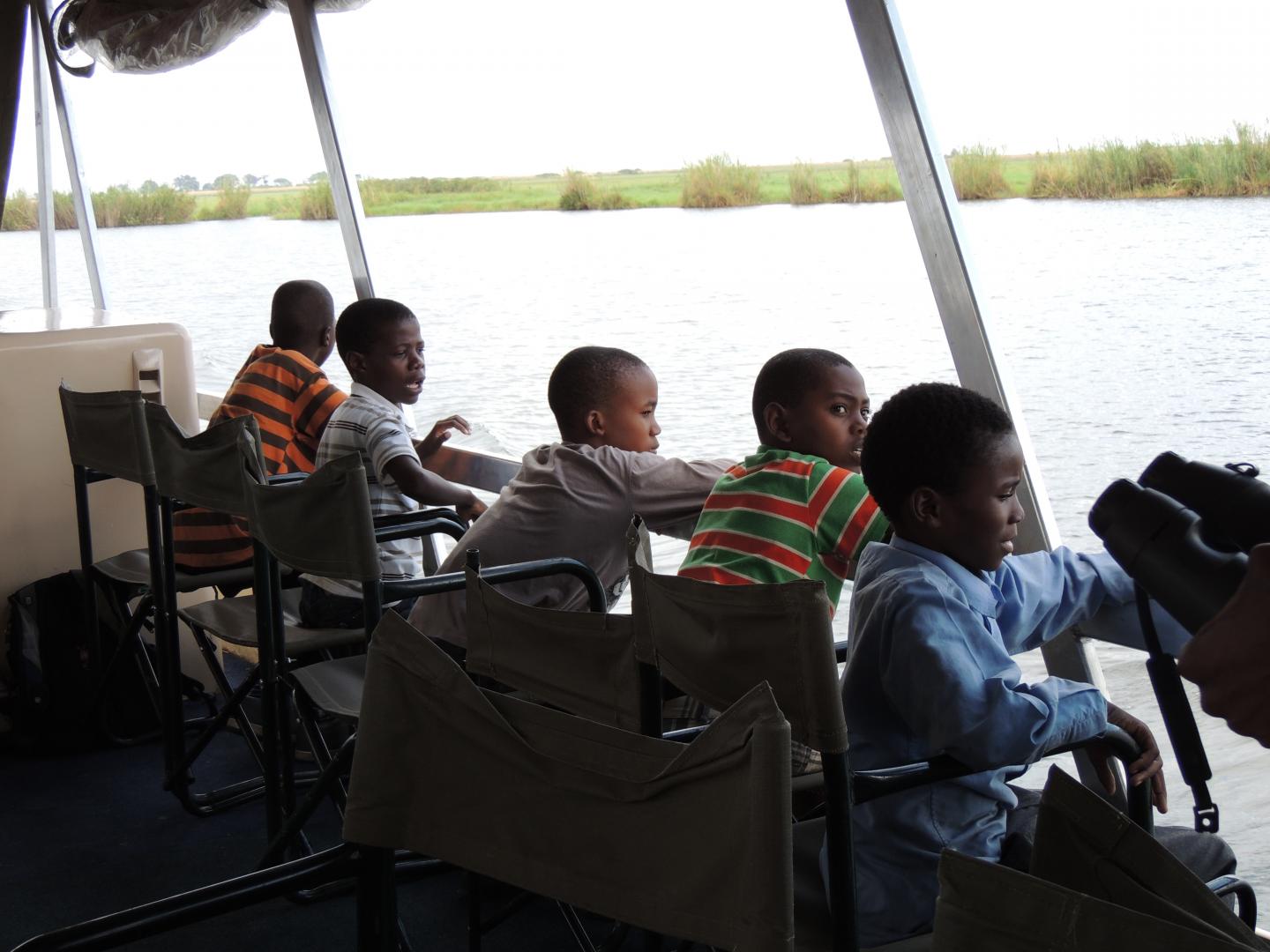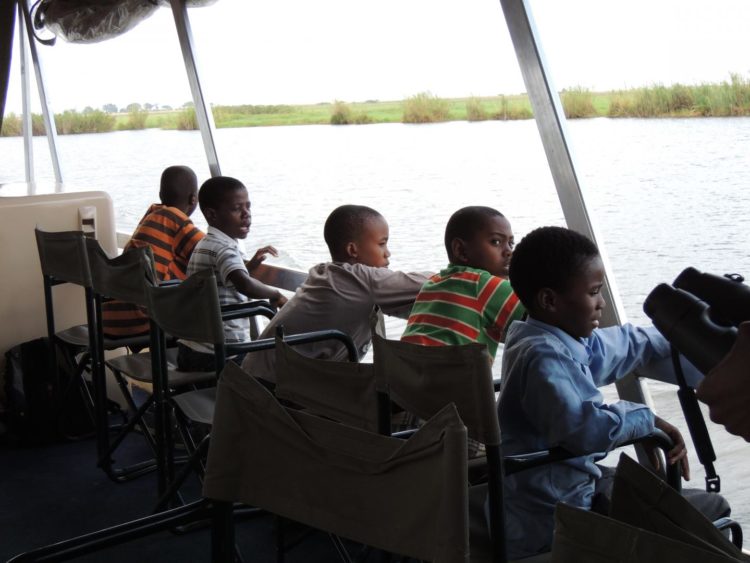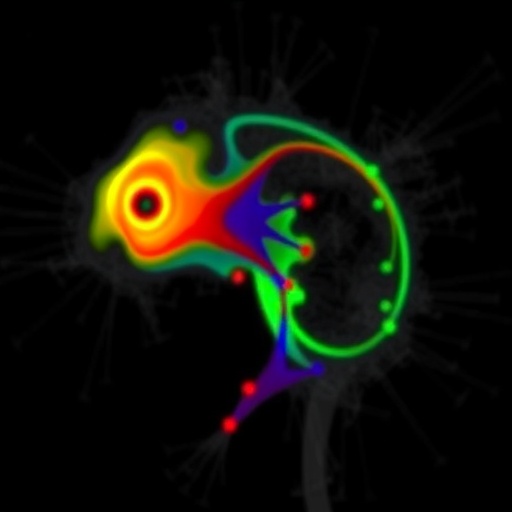
Credit: Virginia Tech
In 2006, more than 400 children under the age of 5 died during an outbreak of diarrheal disease in Botswana. In what was a 25-fold increase in diarrheal disease mortality for this age group, citizens of the country were devastated.
For more than 10 years, Kathleen Alexander, a professor of fish and wildlife conservation in the College of Natural Resources and Environment at Virginia Tech and the co-founder of Conservation of African Resources: Animals, Communities, and Land Use (CARACAL), has been researching similar diarrheal disease outbreaks across Botswana to determine if there are correlations between certain atmospheric conditions, local environmental variables, and diarrhea rates.
Together with Jeffrey Shaman, of Columbia University, and Alexandra Heaney, of the University of California Berkeley, Alexander discovered a critical link between environmental dynamics and human health. With this knowledge, researchers will have the capacity to begin to predict when diarrheal disease outbreaks will reoccur.
Their findings were recently published in Nature Communications.
Botswana is a dry country with only three sources of surface water. Alexander and her collaborators focused their work in the Chobe District, which is home to the Chobe River, the only permanent surface water that can be found in 12,000 square kilometers. Notably, it is also the only source of drinking water for eight villages, making it a critical region to study the additional influence of surface water on diarrheal disease.
Diarrheal disease remains a critical threat to children under 5 years of age across Africa but particularly in Chobe District. With case reports peaking annually in the wet season and again in the dry season, researchers were able to determine that certain meteorological conditions were directly responsible for these outbreaks.
El Niño-Southern Oscillation (ENSO) is an ocean-atmosphere system that causes temperature and precipitation fluctuations across the world. El Niño and La Niña are the two extremes of ENSO conditions, which alternate every three to seven years.
During La Niña, researchers found that the combination of cooler conditions and above-average rainfall contributed to increased flooding, which, in turn, increased the concentrations of organic material and diarrhea-causing pathogens within the Chobe River. El Niño conditions had the opposite effect on the climate and precipitation of the region.
“Human health is intimately connected to the landscape and the environmental conditions that prevail – connections that cross scales from local hydrometeriology and water quality dynamics to global atmospheric conditions,” said Alexander, who is also an affiliated faculty member of the Fralin Life Sciences Institute at Virginia Tech.
In a previous paper, Alexander and her team concluded that Chobe’s elephant populations, which happen to be the highest in the world, may have a critical influence on water quality in the region and, perhaps, diarrheal disease. In the dry season, large herds of elephants in the tens of thousands will move to the Chobe River, the only surface water to be found in the region. Development of infrastructure has limited wildlife access to the river. With such a large density of wildlife, sediment and fecal matter are carried downstream toward the district’s water treatment plants.
“Landscape degradation and significant fluxes in sediment levels can influence the ability of water treatment plants to remove diarrhea-causing pathogens. These treatment plants work but not well in these highly dynamic systems. This is a clear example of how important it is to maintain protected areas – they are so central to human health,” said Alexander.
Alexander is an advocate of “One Health,” a concept that recognizes that human health is directly linked to the health of the environment. One Health also focuses on taking a bottom-up approach and puts education at the forefront. Alexander has an educational program in 12 schools within the Chobe District, teaching children exactly how important it is to take care of their environment and, ultimately, themselves.
Alexander maintains that working actively and intimately within grassroots environments provides a different perspective, and it is also the best way to collect data, gain novel insights, and develop solutions that work for the people who need them.
“It was a humbling experience in that you remember that no matter how much education you have, no matter how many degrees you have, you really need to stay connected to the people who have the problem,” said Alexander. “What is their experience? What is their problem definition? What is the solution that they see? What do they understand is the issue?”
Overall, Alexander sees a long journey ahead. With its many facets, conquering childhood diarrhea is not an easy task. Although Botswana is committed to improving public health and dedicates significant resources to the aim, the country is still hit hard by diarrheal disease biannually. One of the first steps of disease eradication involves awareness and understanding cultural and social perceptions, which can turn the tide significantly.
“Diarrhea is not a complicated issue,” Alexander explained. “But it is in so many ways in these low resource environments when you’re trying to integrate cultural practices and beliefs with existing infrastructure limitations. If you’ve got five doctors and 20,000 people, how much can you really do? What are the tools that you can use in those environments? Where do you focus with what little you have? That’s what we are really working toward trying to figure out.”
Alexander and her team’s findings provide a tool that can be used to predict diarrheal disease outbreaks and help regions to be better prepared. “Even if your resources are limited, if you can plan, you are one step ahead. We are working closely with the Botswana government and communities in this effort,” said Alexander.
###
This research was funded by a grant from the National Science Foundation’s Dynamics of Coupled Natural and Human Systems program.
For more on Alexander’s research in Botswana, visit the program blog and the CARACAL Facebook page.
Media Contact
Kristin Rose
[email protected]
540-267-4909
Original Source
https:/
Related Journal Article
http://dx.





